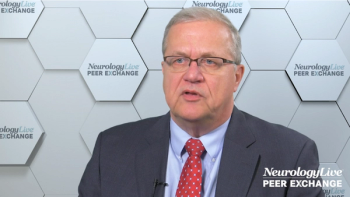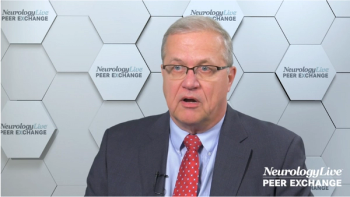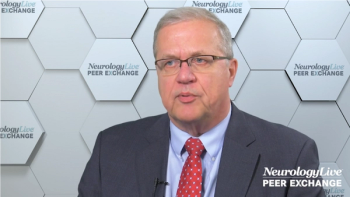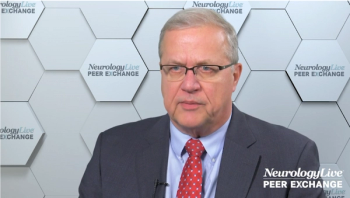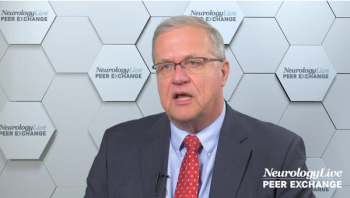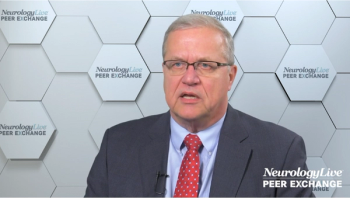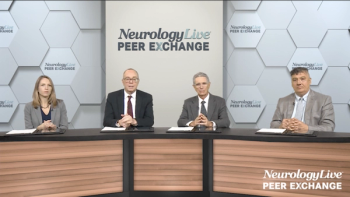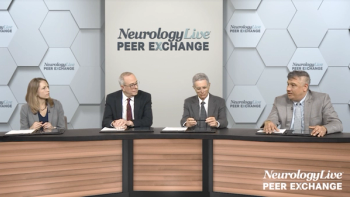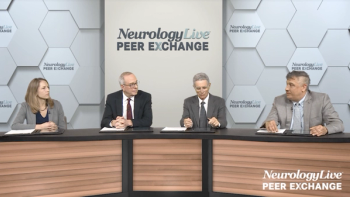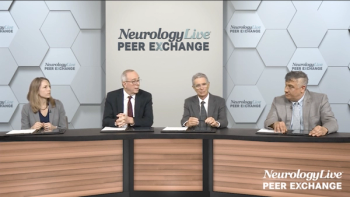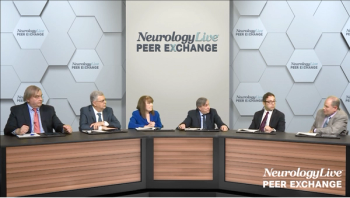
News

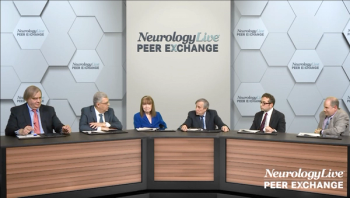
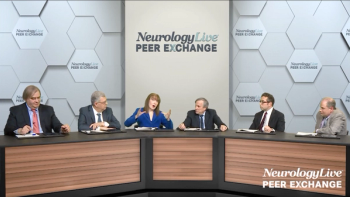
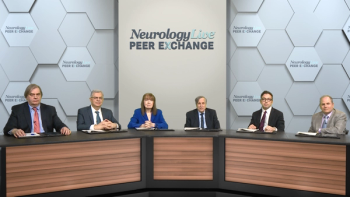

The findings suggested that a patient’s likelihood of taking medications systematically decreased as the probability of potential AEs occurring increased or the efficacy of treatment decreased.
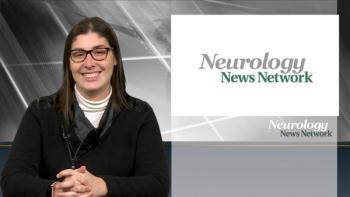
Neurology News Network for the week of February 23, 2019.

If approved, eptinezumab, an Alder Biopharmaceuticals product, would become the fourth member of the CGRP class, and the only member available for quarterly infusions.
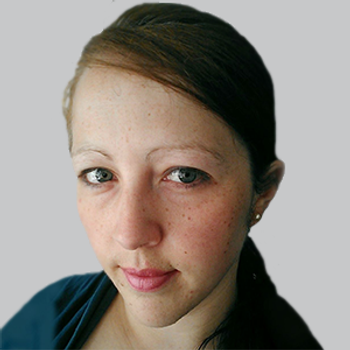
In a cohort study of 592 patients with MS, the findings were suggestive that real-world escalation approaches may be inadequate to prevent unfavorable long-term outcomes.

Over the past several years, scientific teams have developed investigational methods for delivering a gene to correct a mutation in the DMD gene which causes DMD by creating dysfunction in a patient’s dystrophin production.
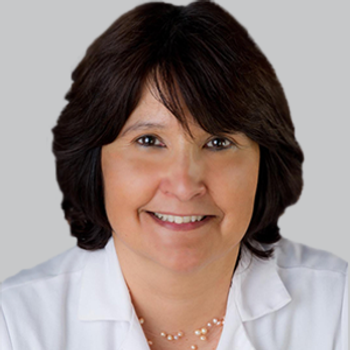
The professor of neurology and pediatrics at Columbia University Irving Medical Center spoke about the success of the small molecule in older infants with SMA, and about what she’s looking forward to in the future of SMA treatment.
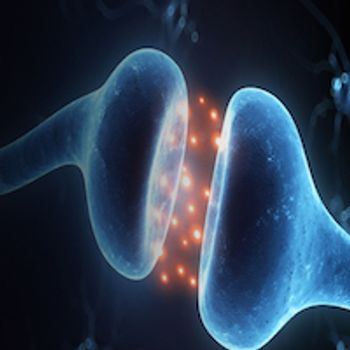
More recently, investigators have discovered that catechol-O-methyltransferase inhibitors can prolong the effects of levodopa, thereby limiting the off-time phenomenon.
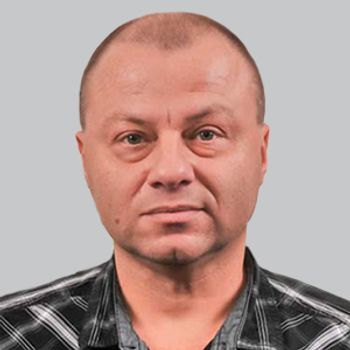
AED use was not significantly associated with dementia risk in patients followed by general practitioners and neuropsychiatrists, however, the potential harmful effects of levetiracetam generic brands on cognition should be further investigated.

A patient believes excessive gaming is his way to mask his depression, but it may be a result of something else.
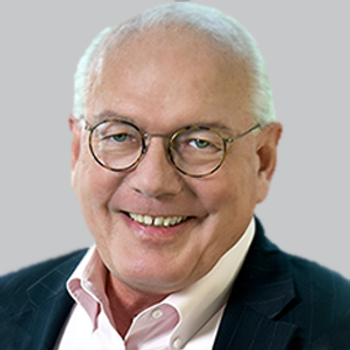
The investigational drug candidate, formerly known as CK-2127107, is the subject of the phase 2b FORTITUDE-ALS trial, which is assessing the effect of reldesemtiv compared with placebo on respiratory function and additional measures of skeletal muscle function.

The professor of neurology and pediatrics at Columbia University Irving Medical Center spoke about the treatment’s success thus far and its potential to treat infants with more severe disease.
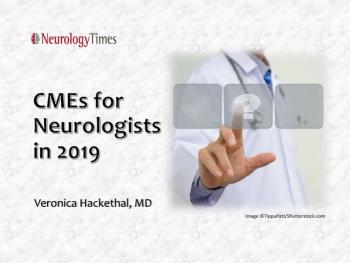
CMEs offered by the American Academy of Neurology, Cleveland Clinic, Mayo Clinic, and the American Medical Association.
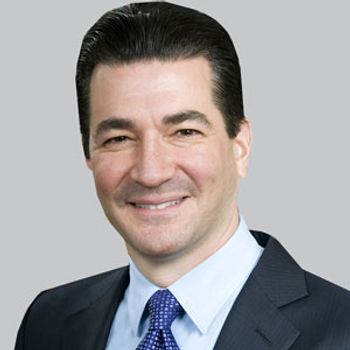
A joint statement from the FDA commissioner and the director of the agency’s Center for Biologics Evaluation and Research noted the product is being offered at a variety of establishments as a treatment for conditions for which its benefits are unproven.

MMJ-001 is currently in a dose-ranging trial, with a planned study for spasticity in primary progressive MS. The trial's principal investigator spoke about how it will be assessed.

The field of neurology is gaining a more robust understanding of some of the mechanisms at play in excessive daytime sleepiness, but the progress has not spread evenly across different sleep disorders.
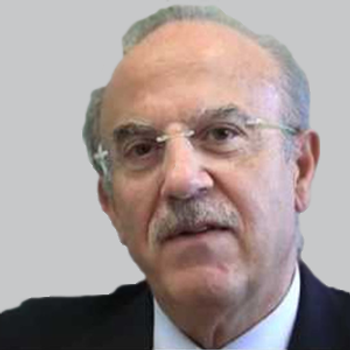
A new investigation has suggested that the Magnetic Resonance Parkinsonism Index 2.0 can accurately predict the clinical evolution toward a progressive supranuclear palsy-parkinsonism phenotype, differentiating it from Parkinson disease.
